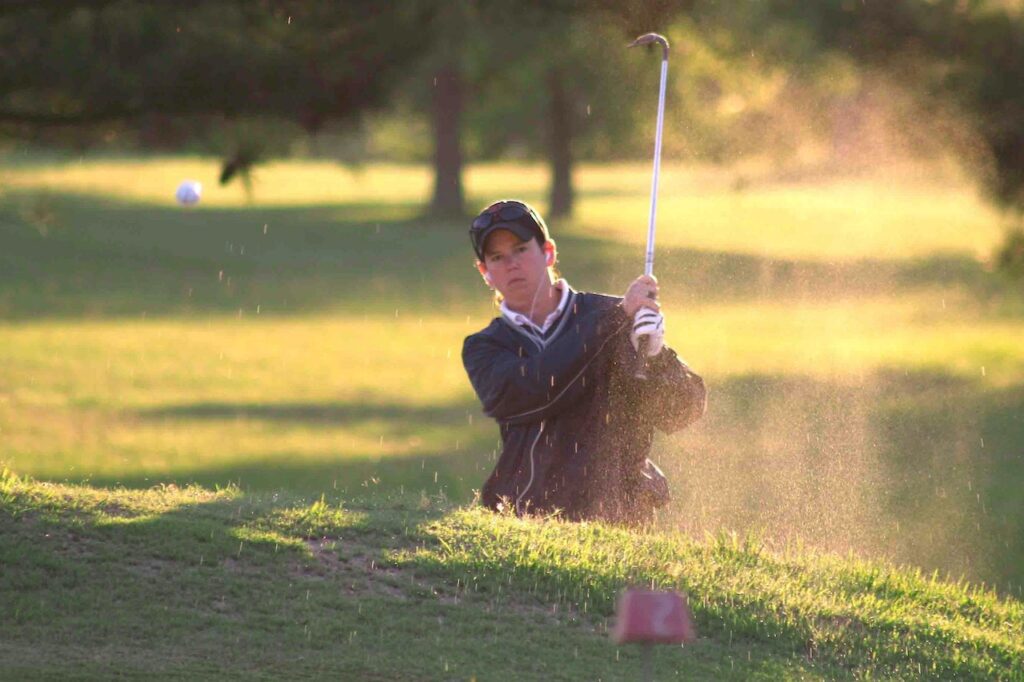Welcome back, golf enthusiasts, to another insightful journey into the heart of the game we all know and love. Today, we dive deep into one of the most debated and often misunderstood aspects of golf – the pace of play. At GolfTruths.com, we’re here to shed light on the truths, tackle the myths, and offer practical solutions for a smoother, more enjoyable round. So, grab your clubs, fasten your golf shoes, and let’s tee off into the world of pace of play in golf.
The Problem with Slow Play
In the world of golf, there’s a fine line between savoring every swing and causing a backup on the fairway. Slow play can transform an otherwise beautiful day on the course into a frustrating ordeal. So, why is pace of play such a hot topic?
Myth vs. Reality
- Myth #1: Longer rounds are better.
It’s a common misconception that spending extra time on the course equates to a more enjoyable round. In reality, excessively long rounds can lead to fatigue and decreased enjoyment for all golfers involved.
- Myth #2: Professionals are slow players.
Many amateur golfers point to the pace of play on the PGA Tour as an excuse for their own slow rounds. However, professional golfers are known for their pace, and they take considerably less time to complete a round compared to amateurs.
Pace of Play Etiquette
Now that we’ve debunked a couple of myths, it’s essential to explore proper etiquette to maintain a steady pace of play:
- Maintain a rhythm: Try to keep a steady pace between shots, ensuring you’re ready to hit when it’s your turn.
- Be prepared: Have your club selection and yardage in mind before it’s your turn to play.
- Limit distractions: Put away your phone and save the socializing for the clubhouse.
Practical Tips for Faster Play
- Ready Golf: Encourage “ready golf” in your group, where players hit when ready rather than waiting for the player farthest from the hole.
- Play from the Correct Tees: Choose the appropriate tees based on your skill level. Playing from tees that are too long can slow down your round.
- Limit Searching for Lost Balls: While we all hate to lose a ball, spending too much time searching can significantly delay play. Use a provisional ball if necessary and come back later to search.
Course Management
Golf courses also play a crucial role in managing pace:
- Course Marshall: Many courses employ marshals to monitor pace of play and assist slow groups.
- Strategic Bunkering: Well-placed bunkers and hazards can help guide players towards more efficient shot selection.
- Clear Signage: Adequate signage can help golfers navigate the course without unnecessary delays.
The Importance of Education
Educating golfers about pace of play is key to maintaining a steady flow on the course. Golf clubs and organizations can host workshops, distribute informational pamphlets, and promote etiquette to ensure everyone enjoys their round.
The Future of Pace of Play
As technology evolves, we can expect innovations to help improve pace of play. GPS-enabled carts, smartphone apps, and data analysis tools are already assisting golfers in making quicker and smarter decisions on the course.
In conclusion, pace of play in golf is a topic that deserves our attention and respect. By embracing proper etiquette, implementing practical tips, and promoting education, we can all contribute to a faster, more enjoyable round for everyone. So, next time you step onto the greens, remember the GolfTruths.com guide to pace of play, and let’s keep the game moving smoothly.
Stay tuned for more golf truths, tips, and tales, only at GolfTruths.com – where the green meets the truth!



